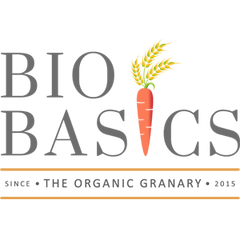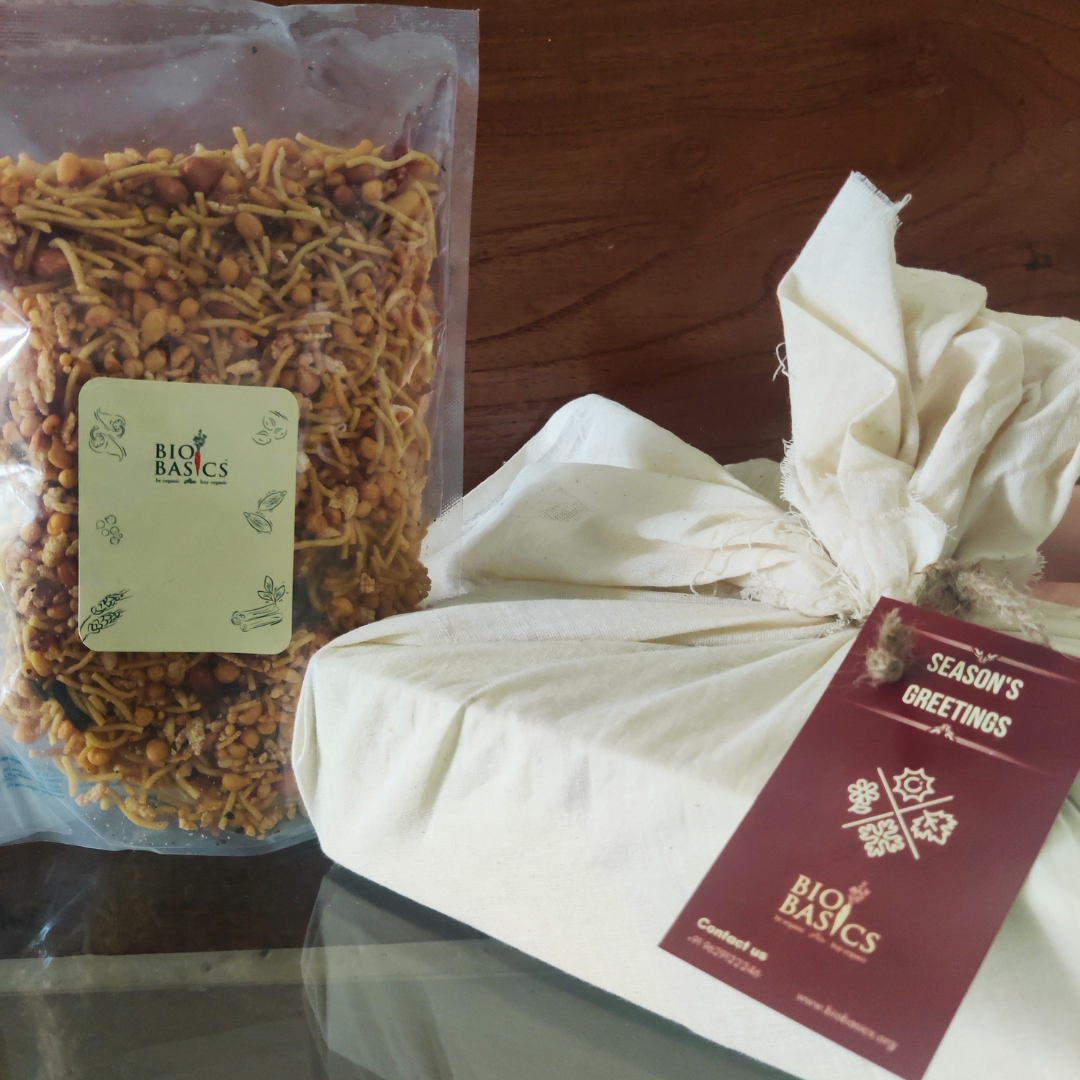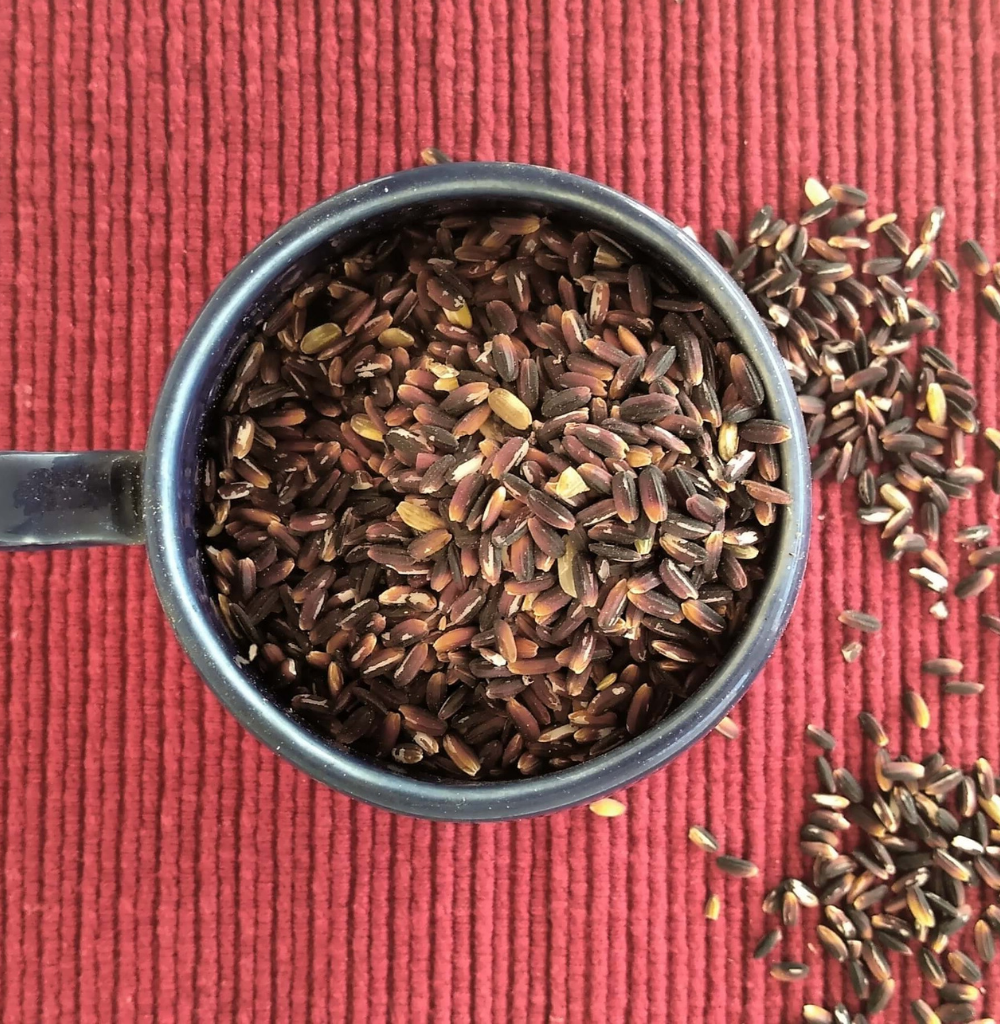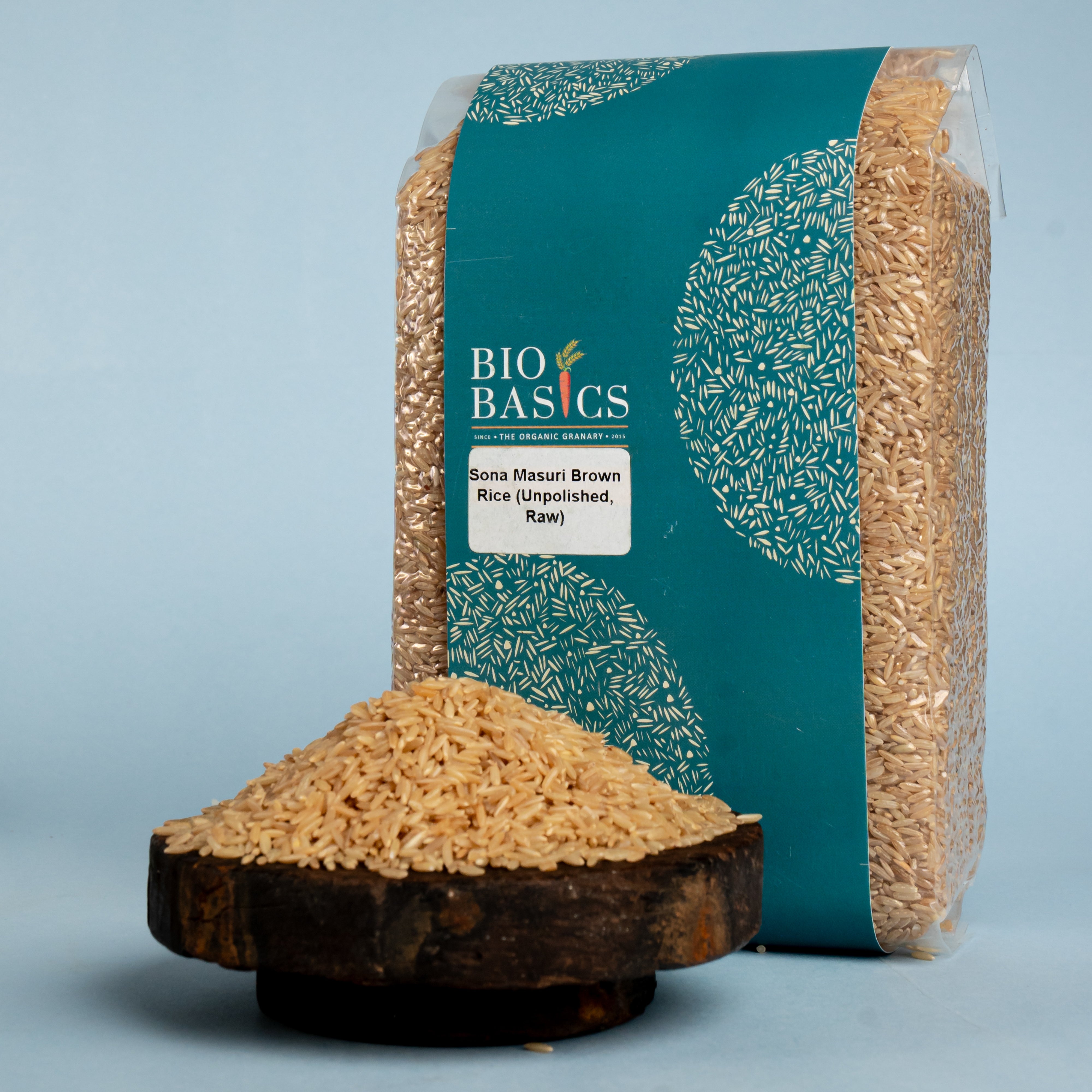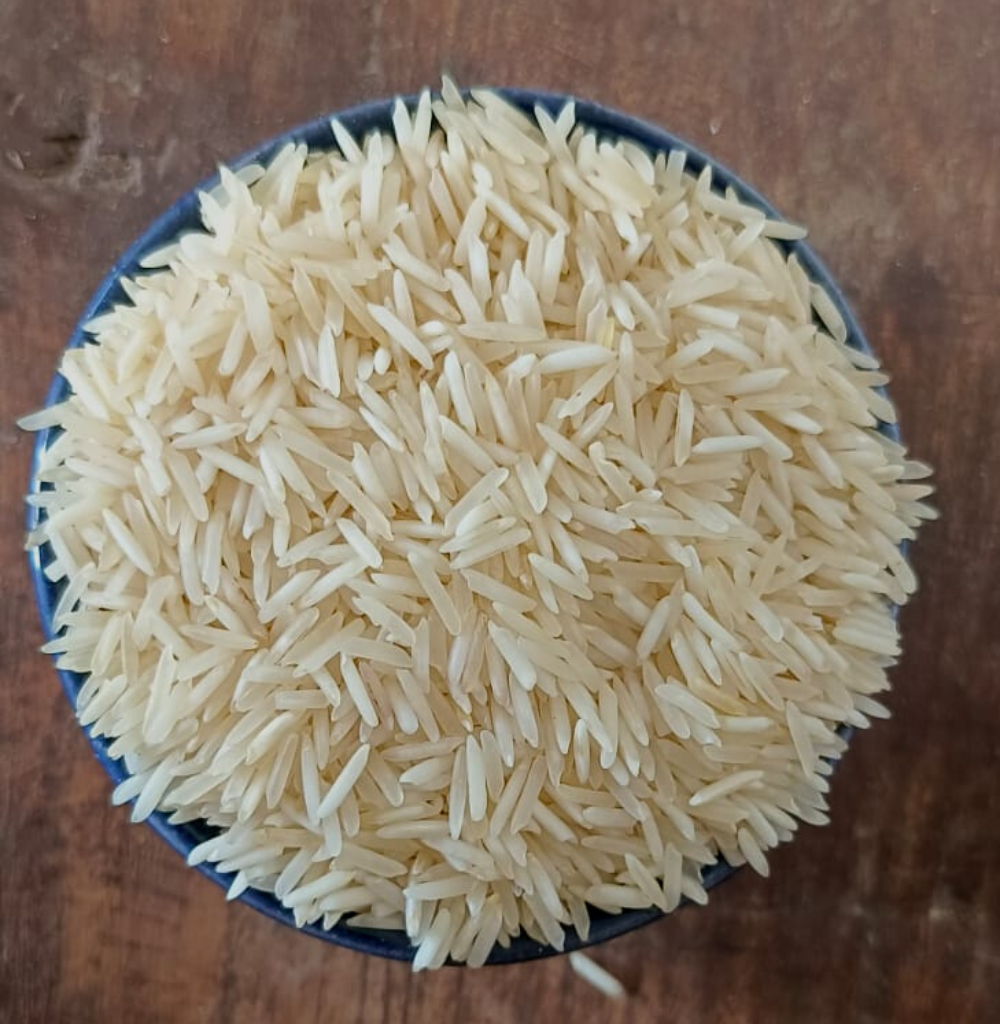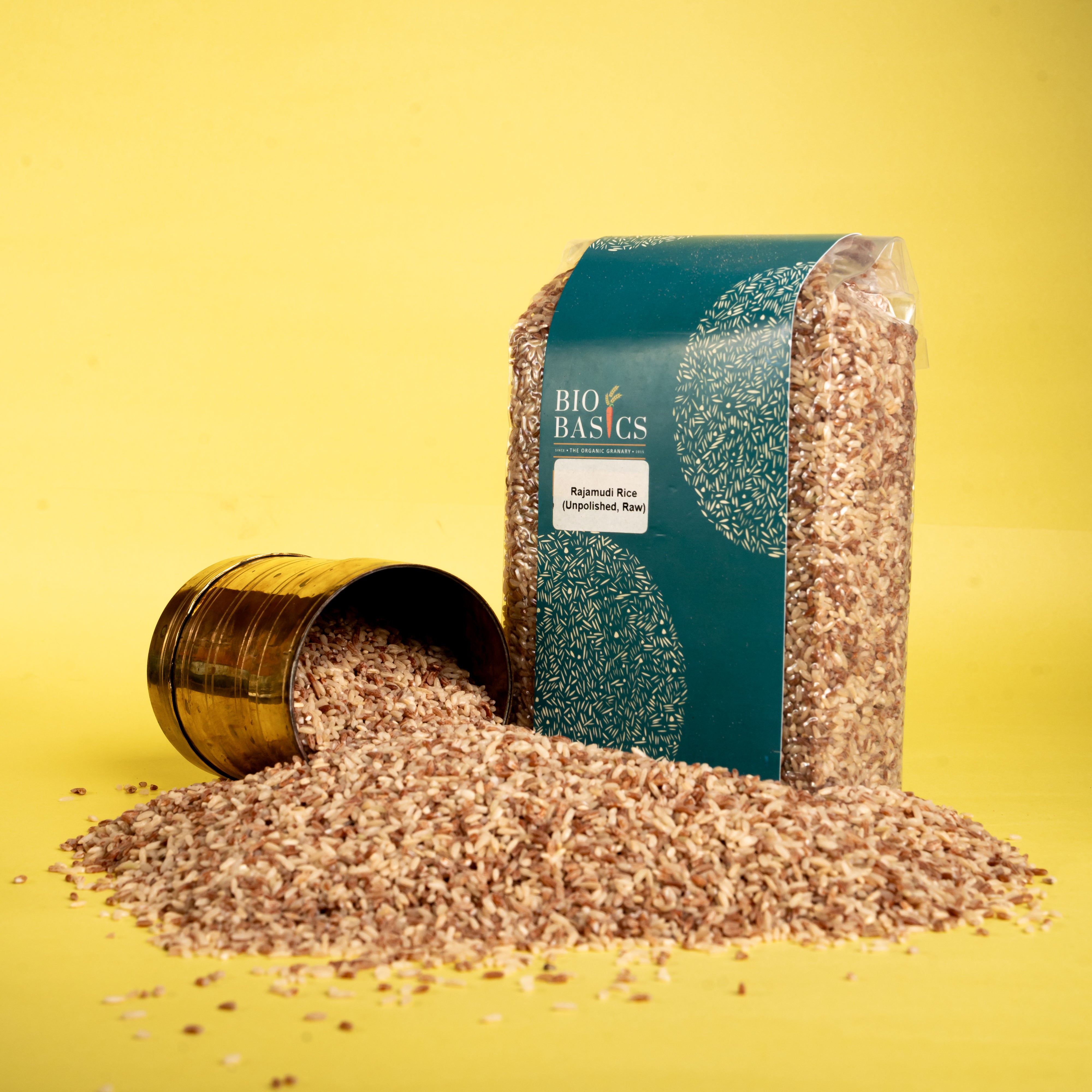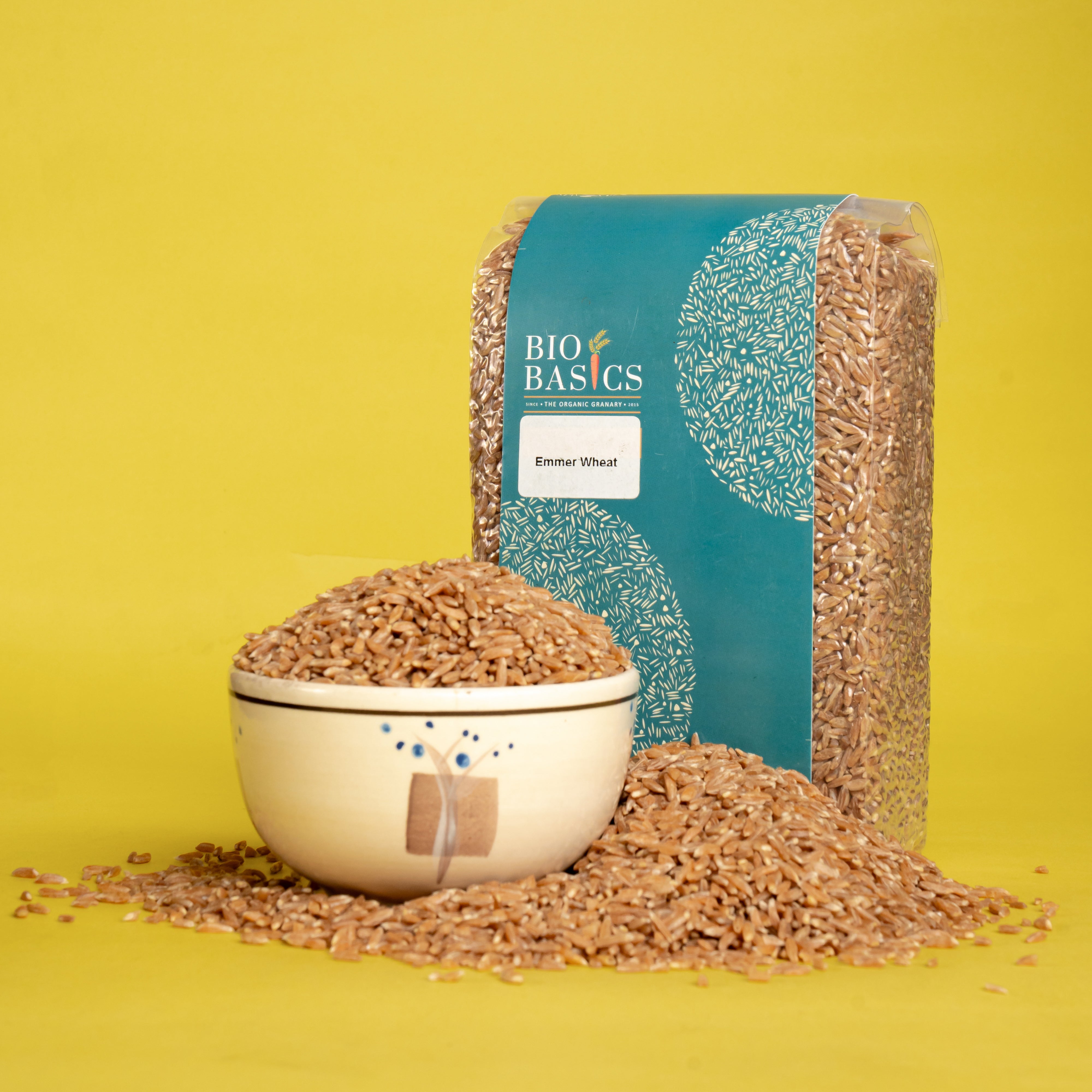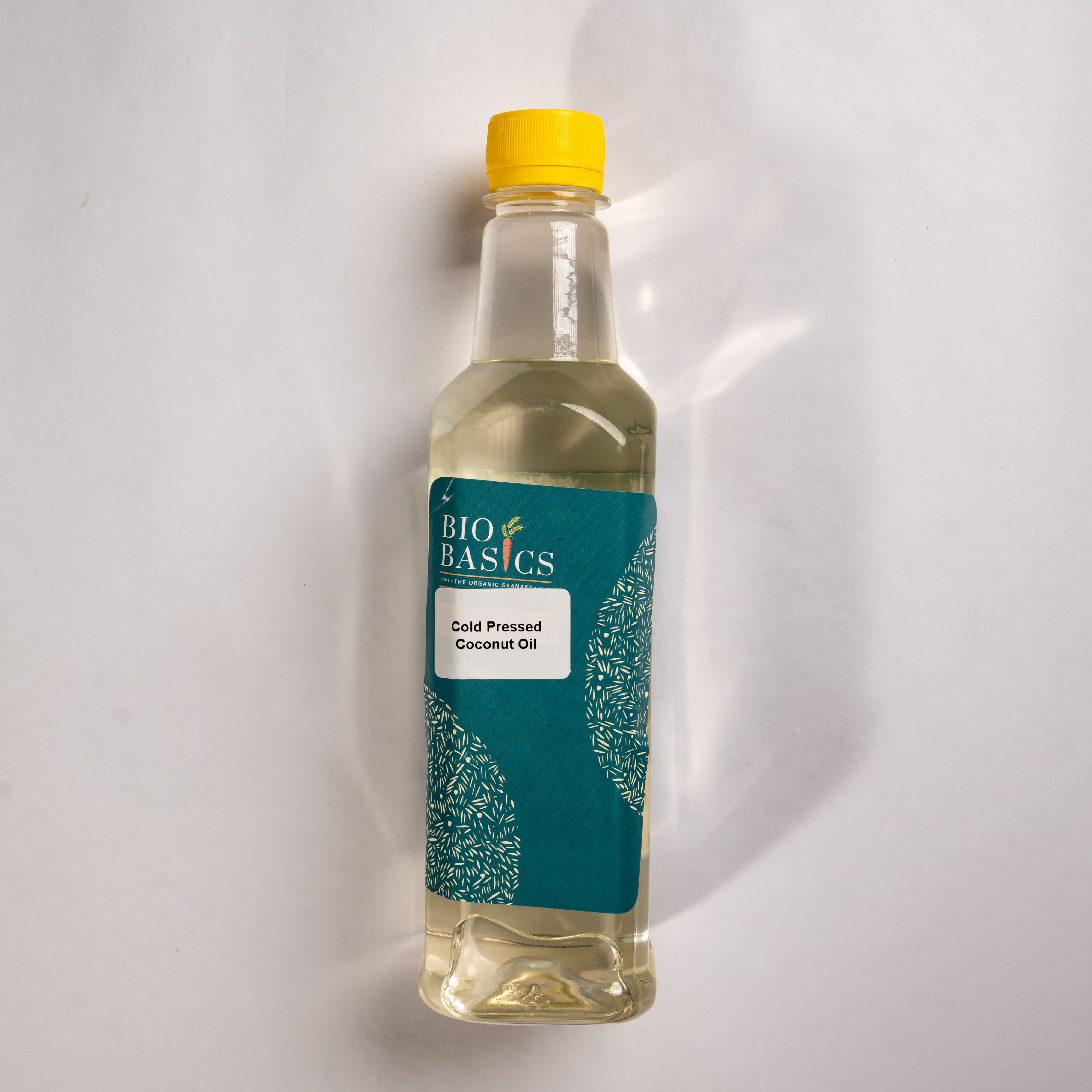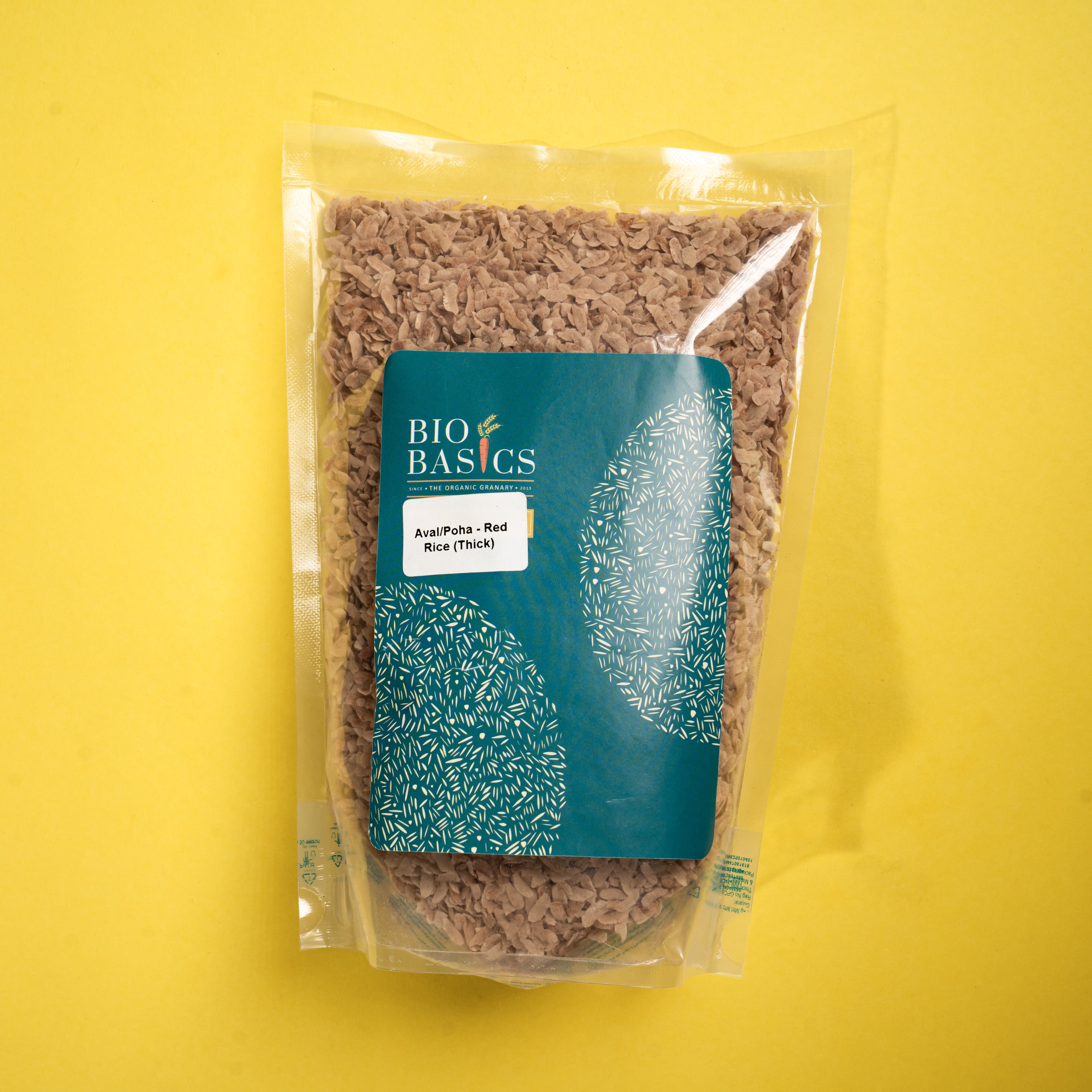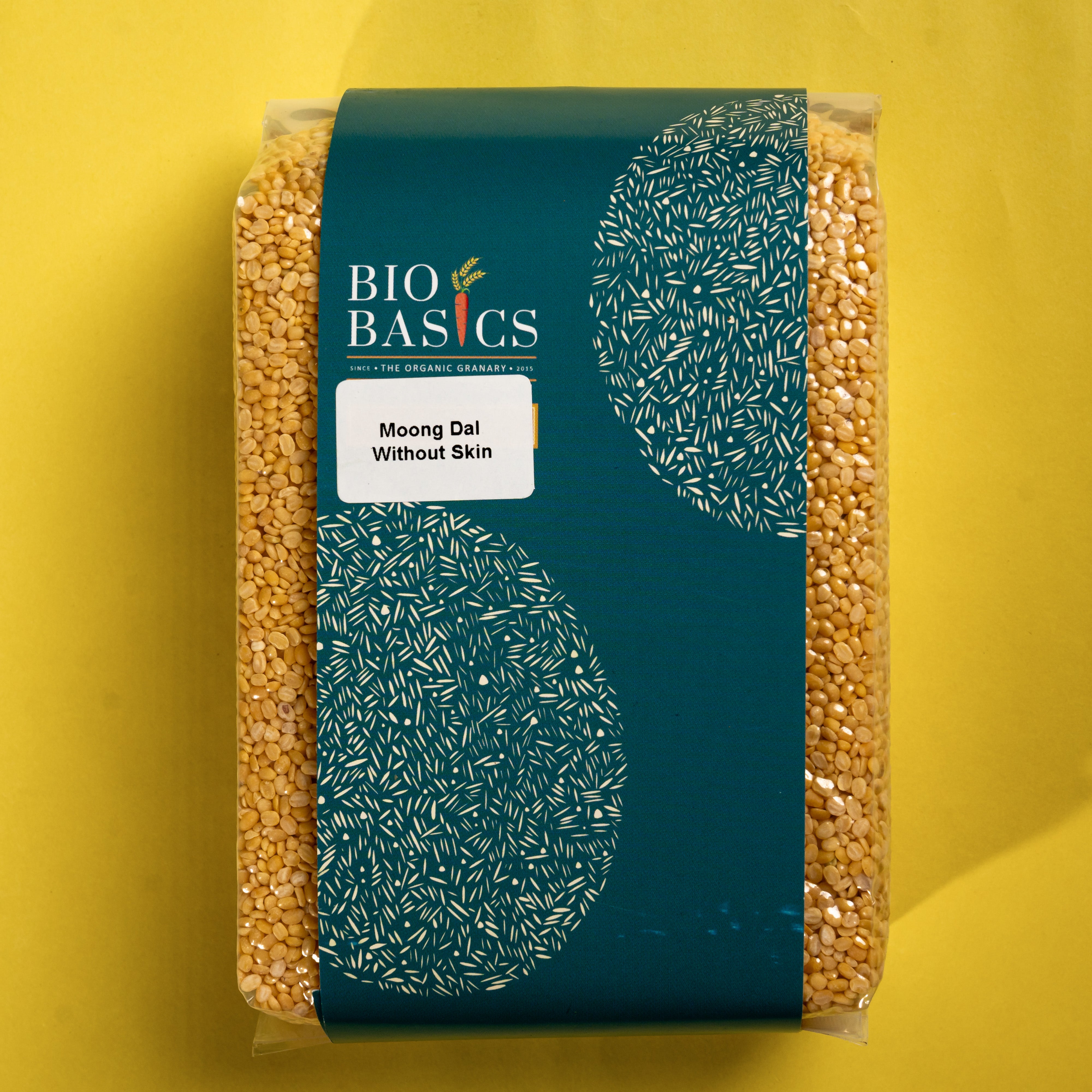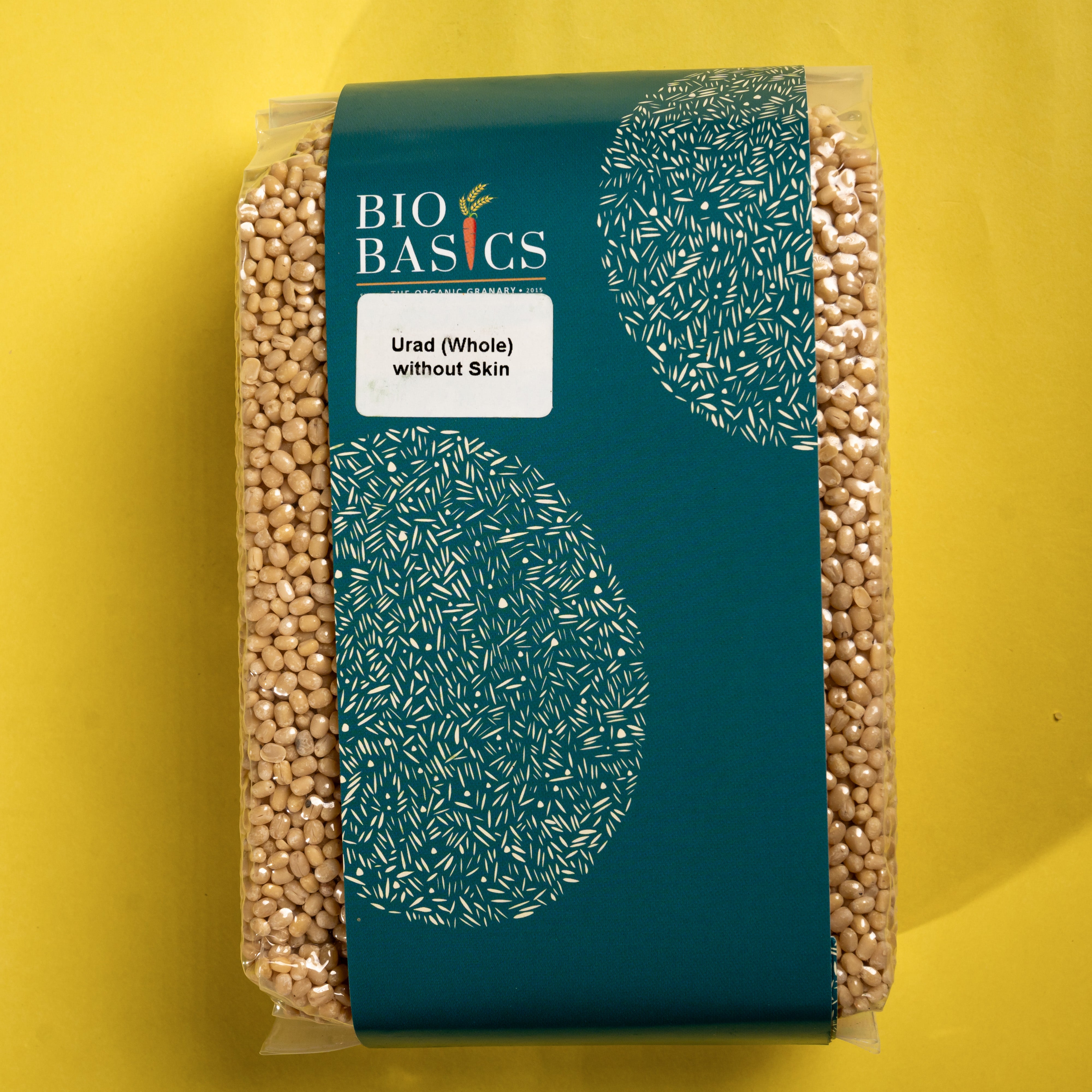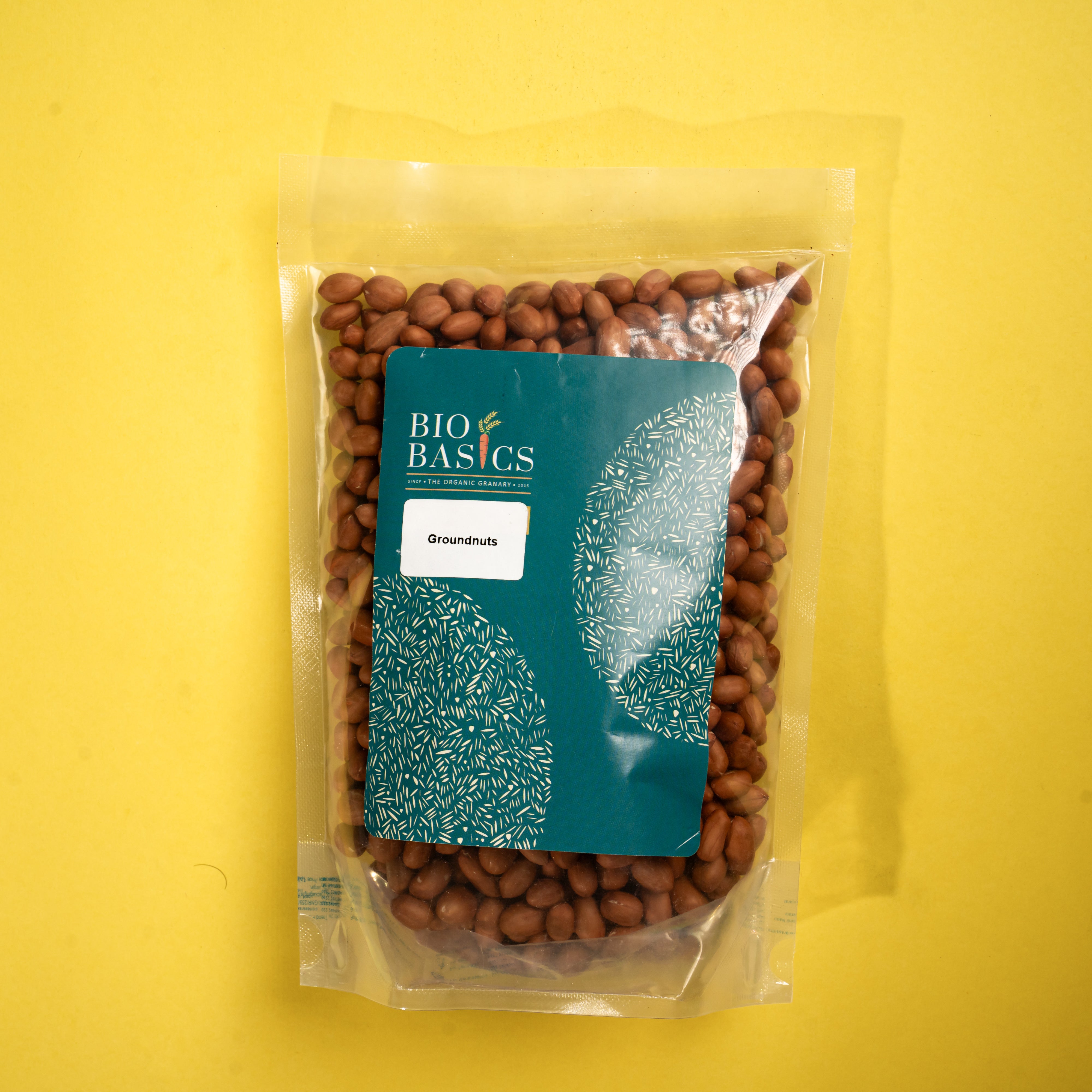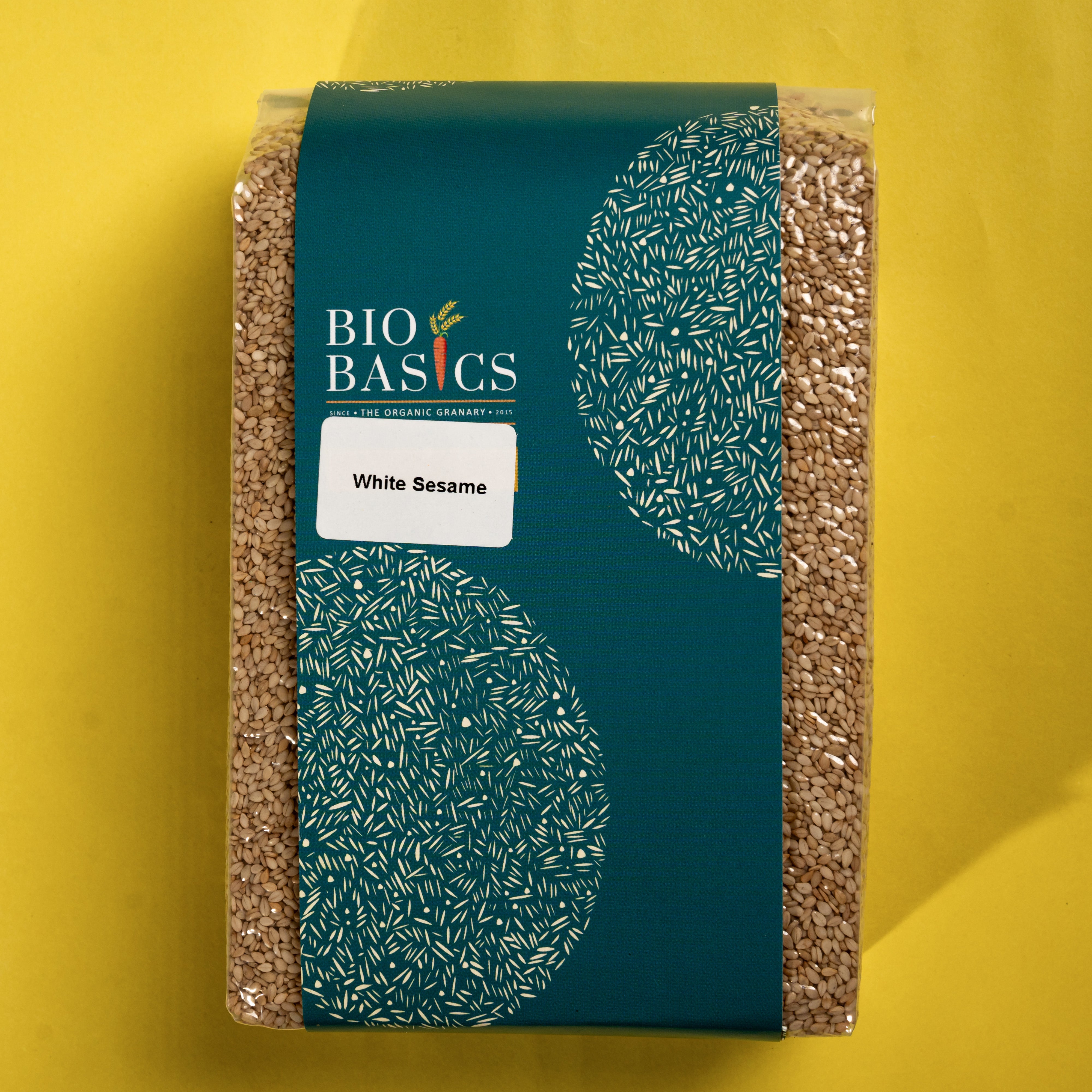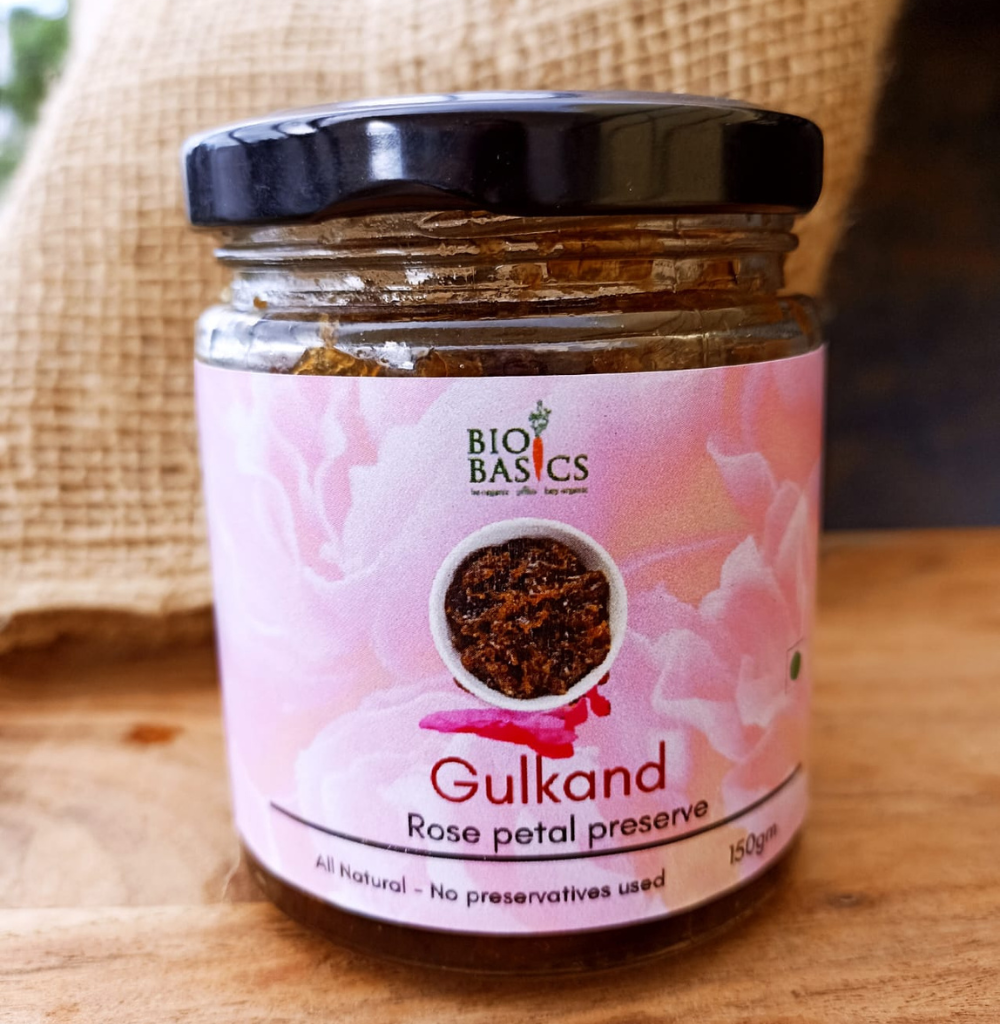2023, the International Year of Millets, is behind us. Superb effort to popularize these grains, long forgotten. But now that all that noise has died down, are millets really good for us? Or is it just a fad? Should we adopt them into our diets, if so, how much?

10 years ago, back from The Netherlands, Devi put us on a millet diet. It was so thrilling, although I must admit I did not like the taste of it much. We had discovered these wonder grains, as if we were living under a rock somewhere! We ate millets day in and day out. I lost 10 kilos in less than 6 months (Sep 2013 through Mar 2014). Now that could be good for those looking to lose weight, but not for me. By June, I started developing mouth ulcers like never before. Turns out that for a person with a high Vata dosha (as per Ayurveda), millets can aggravate Vata. I had to shift back to red rice, and it took me a year to come back to normal.

So are millets bad for us? Not at all. But one needs to appreciate the nuance rather than treat it like a fad. Like it is for every food we eat!
Here are the minutiae of millets, the nuance, the reality separated from the myths, combined with a hint of personal experience.
True, millets grow in dry land areas, and need less water. So many folks recommend that all of us dump other grains and totally shift to millets, because rice supposedly needs a lot of water, and in the context of water scarcity and climate change, millets are the future grains for all of us. But the nuance is this: rice has traditionally been grown in river basins, and areas with sufficient rainfall. The rice fields (as in Kerala) serve as water sinks, which have an ecological role to play in retaining rainwater on land, as opposed to letting it all flow into the ocean. So rice is a natural grain for such regions, in line with Nature. And the folks living there in such humid, high rainfall regions are genetically attuned to consume rice, again in line with Nature. See how our natural food plays tango with geography and biology?

True, Millets don’t have gluten, hence touted as “gluten free”. Also, it is true that Millets have a low glycemic index compared to most rices, so it is great for diabetics. But watch out for nuance again! If we overdo millets, we could create complications for ourselves. So better to be balanced, listen to our bodies (how they react to various foods), know more about our foods, look for the nuance, and not follow any fad. And there is no “one food suits all”. To each her own, is the best principle. Each of us has a different thumbprint, so why should our foods be the same?

Millets also are not one homogenous grain. Nuance: there are many types of Millets. Pearl Millet aka Bajra, and Sorghum aka Jowar are the bigger grains. Finger Millet aka Ragi are small grains but treated differently. The others - Little, Foxtail, Proso, Kodo, Barnyard, Browntop - have their distinguishing features and characteristics. And there are dishes that come out well with a specific millet. The further nuance is that these are eaten in different regions in different seasons differently. That is where tradition comes in.
For instance, growing up in Pune, Maharashtra, I had come across Jowar and Bajra, in the form of rotis. Only the poor used to eat them. Mostly in the winter as a warming food. The well off folks ate rice and wheat. But the very same Bajra is eaten in the summer down South in Tamil Nadu as “Kambu Koozh” or a porridge made with Bajra and buttermilk, supposedly to cool the body down. Hence the importance of nuance, of tradition evolved out of centuries of trials and observations.
Now, for more nuance. Millets are said to be organic by default. We at Bio Basics beg to differ. Thanks to the popularity of millets, many farmers are taking to it, for commercial reasons, but do use chemical fertilisers and pesticides to manage the crops, increase yields and save time and costs. If you are choosing millets for health, then it makes sense to look for organic millets, no?
Millets are now available in more forms than ever before, thanks to the work done by farmers, processors and others for decades.
And here is the commercial: Bio Basics offers them all!

There are parboiled millets (processed similar to parboiled rices) which are great for idli/dosa, and pack a lot more nutrition than the raw millets. There are unpolished millets, where the grains are not polished out of nutrition. Then there are millets available as flours and flakes, other than grains. Now this variety of grains, types and forms creates a plethora of choices of dishes - both traditional and contemporary.
Now that is true variety and diversity. Not eating the same grain in different dishes, but different grains in myriad dishes across multiple cuisines!
Coming back to if we should all choose millets, I hope you have got the drift. Choose what works best for you. Find your balance. Explore. Yourself. Don’t let any fad or theory (not even ours) dictate your choice. Let us know how it goes.
